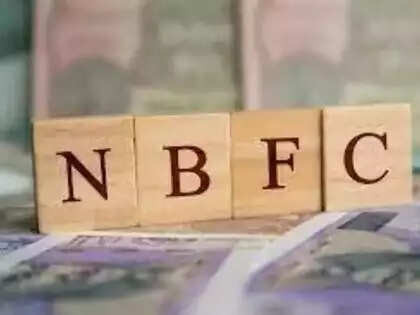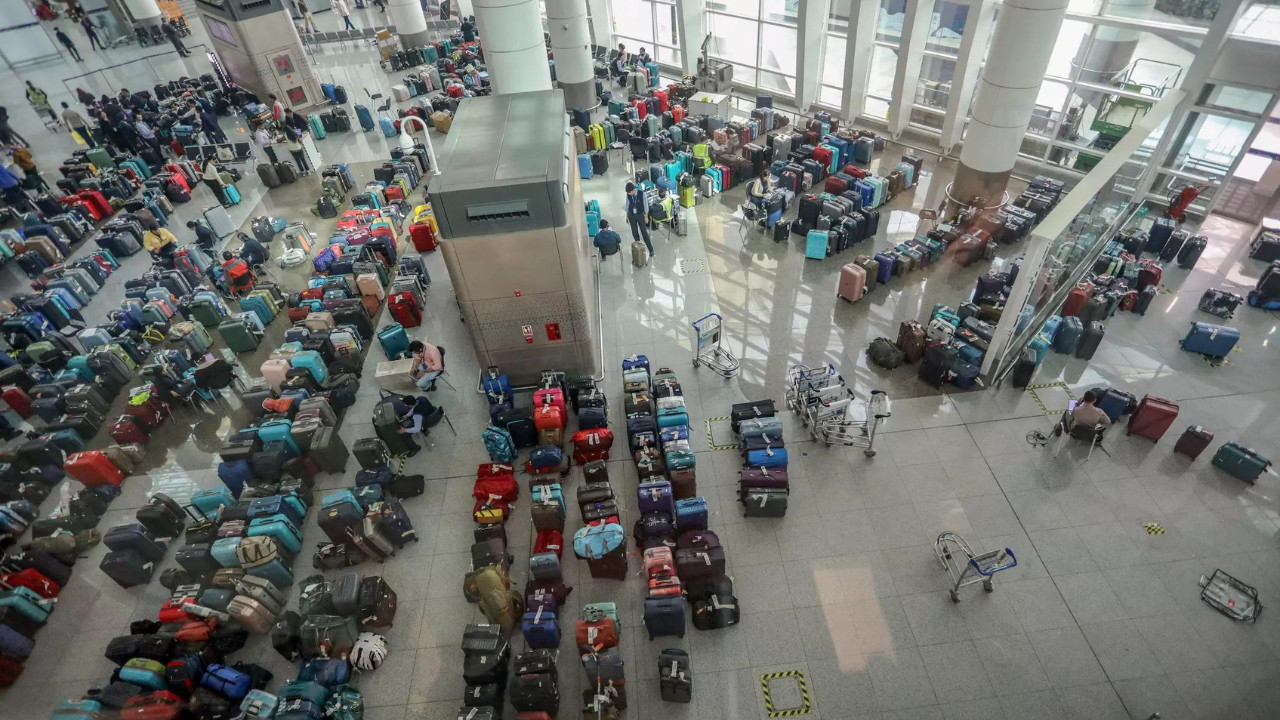Bank lending to NBFCs experienced a sharp slowdown in April, contributing to an overall moderation in bank credit growth. While lending to large industries also cooled, housing loans gained prominence. Personal loan growth eased, reflecting a broader deceleration in credit expansion across various sectors, including agriculture and services.
The NBFC Tightrope: Are Lenders Getting Cold Feet?
Okay, so the financial world isn’t exactly known for its dramatic pronouncements, but even in the hushed halls of banking, things seem to be getting a little…tense. The lending pipeline to Non-Banking Financial Companies (NBFCs), those crucial cogs in India’s credit machine, is definitely feeling a chill. Recent data paints a pretty clear picture: the growth of bank loans to NBFCs has slowed down considerably.
We’re not talking about a gentle easing here. We’re talking about a potentially significant shift in lending behavior. The numbers don’t lie. After a period of robust expansion, the pace of loan disbursal has dropped like a stone. What’s behind this financial frost, and what does it mean for the wider economy? Let’s unpack it.
For those not steeped in finance jargon, NBFCs are essentially lenders who aren’t quite banks. They play a vital role in reaching segments of the population and businesses that traditional banks often overlook – think small entrepreneurs in rural areas, or individuals seeking specialized loans for things like vehicle purchases or micro-finance. They’re agile, often more flexible, and can plug gaps in the financial ecosystem that banks struggle to reach.
So, when banks, the source of much of the capital NBFCs use, start tightening the purse strings, it’s a development that merits serious attention. The article points towards a combination of factors likely contributing to this slowdown.
Firstly, and perhaps most intuitively, is the increasing level of scrutiny and caution emanating from the Reserve Bank of India (RBI). The RBI, the country’s central bank and regulatory behemoth, has been gently (or not so gently, depending on who you ask) urging banks to adopt a more prudent approach to lending, particularly to sectors perceived as riskier. And let’s be honest, NBFCs, by virtue of their target demographic and business models, sometimes fall into that “riskier” category.
The RBI isn’t just waving a finger and tut-tutting. They’ve also been nudging banks towards better risk management practices, encouraging them to assess the financial health of NBFCs more rigorously before extending credit. This increased due diligence, while arguably a good thing in the long run, inevitably translates into slower lending. Nobody wants to be caught out holding the bag.
Then there’s the cyclical nature of credit itself. After a period of rapid growth, a natural correction is often expected. Perhaps banks feel that the market is becoming a little saturated with NBFCs, leading them to be more selective about who they lend to. Competition among NBFCs is fierce, and some may be struggling to maintain profitability and asset quality, making them less attractive to lenders.
The article also suggests that some banks may be hitting internal lending limits or reaching their desired exposure to the NBFC sector. Every bank has its own risk appetite and strategic allocation of funds. They can’t just keep pouring money into one bucket indefinitely. They need to diversify their portfolios. It’s simple risk management.
But here’s the crux of the matter: this slowdown in lending to NBFCs has potential ripple effects that extend far beyond the balance sheets of these financial institutions. Remember those small entrepreneurs and underserved communities we talked about? They rely on NBFCs for access to credit, and if the NBFCs are themselves struggling to secure funding, that flow of credit gets constricted.
This could lead to a slowdown in economic activity in these segments, potentially hindering overall economic growth. It could also exacerbate existing inequalities, making it even harder for marginalized communities to access the financial resources they need to thrive.
Of course, it’s not all doom and gloom. A more cautious and regulated lending environment can also lead to a more sustainable and resilient financial system in the long run. If banks are lending more responsibly, and NBFCs are operating with greater transparency and financial discipline, it could prevent future crises and ensure the stability of the financial sector.
The key is finding the right balance. We need a system where NBFCs can continue to play their crucial role in extending credit to underserved communities, while also ensuring that they are operating on a sound financial footing. The RBI has a delicate tightrope walk to perform: maintaining financial stability while encouraging inclusive growth.
What happens next is anyone’s guess. Will the lending taps open up again? Will we see more regulatory tightening? One thing’s for sure: the relationship between banks and NBFCs is a crucial barometer of the Indian economy, and its future trajectory will be closely watched. We can expect more scrutiny, greater emphasis on risk management, and potentially some consolidation within the NBFC sector as the weaker players struggle to survive. It’s a time of transition, a moment where the rules of the game are being subtly, but significantly, reshaped. And that has implications for all of us.
📬 Stay informed — follow us for more insightful updates!







